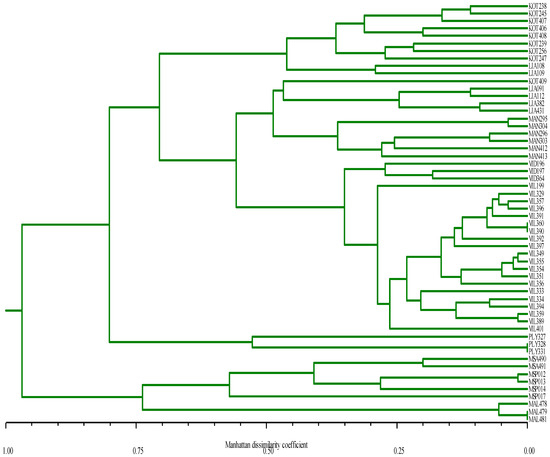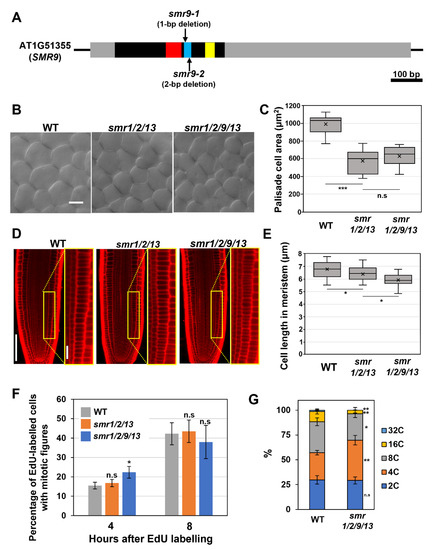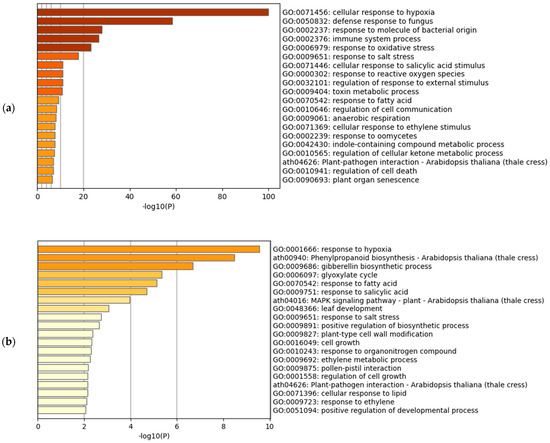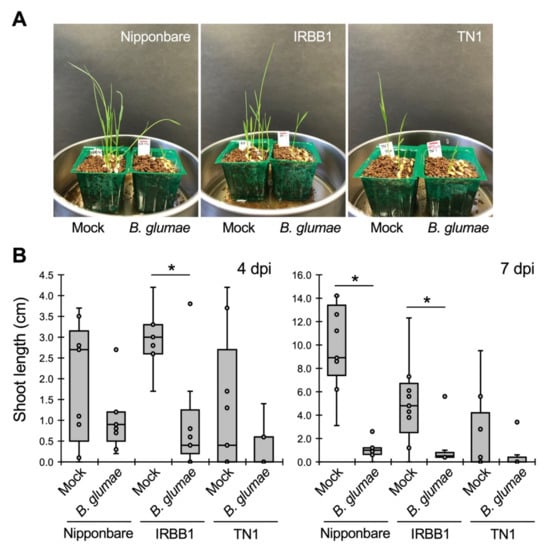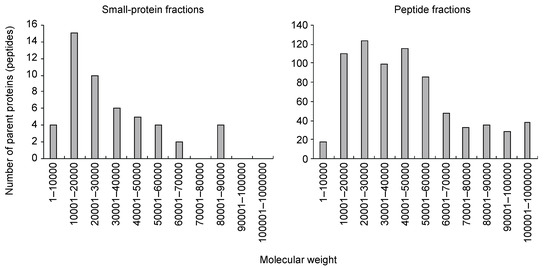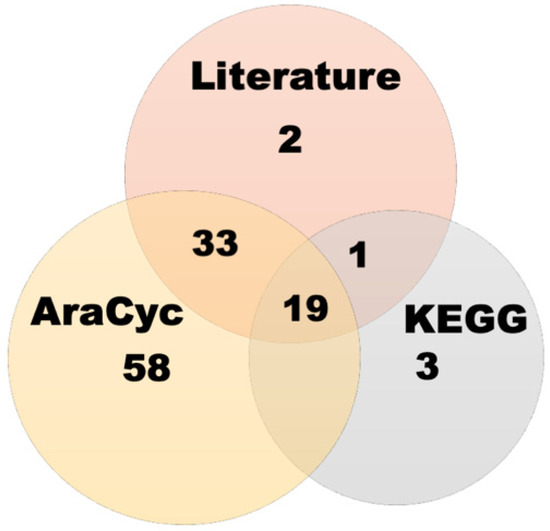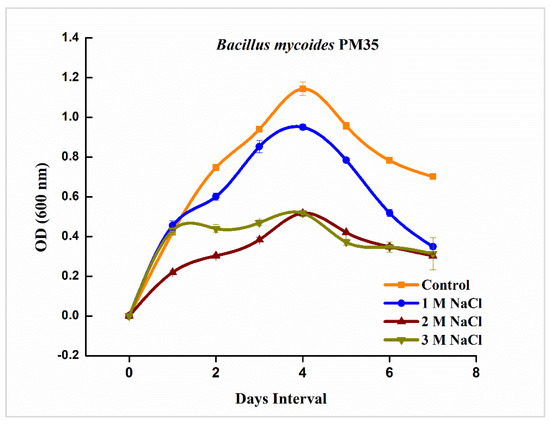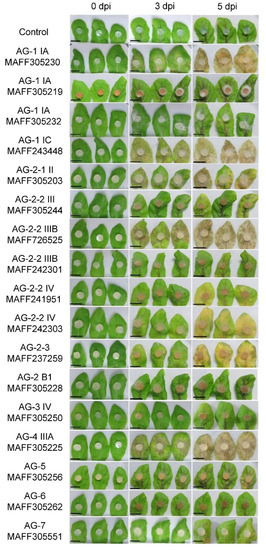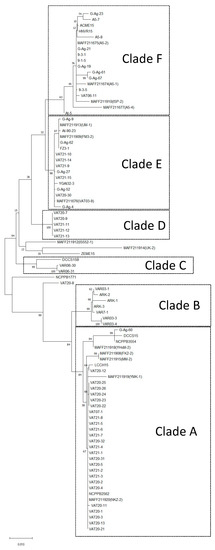State of the Art in Plant Science
A topical collection in Life (ISSN 2075-1729). This collection belongs to the section "Plant Science".
Viewed by 43830Editors
Interests: plant genomics; plant evolution; system biology in plants
Special Issues, Collections and Topics in MDPI journals
Interests: plant pathology; plant disease resistance; host responses; pathogenicity; plant defense activators; biocontrol; phytohormones; crop protection
Topical Collection Information
Dear Colleagues,
We are pleased to announce the launch of a new Topical Collection entitled “State of the Art in Plant Science”. This Topical Collection publishes original research and timely review articles on all aspects of plant science. The Topical Collection aims to increase our knowledge of plant molecular biology, plant physiology and eco-physiology, plant pathology, plant phylogeny, and interactions with both the abiotic and biotic environments.
Prof. Dr. Kousuke Hanada
Prof. Dr. Yoshiteru Noutoshi
Collection Editors
Manuscript Submission Information
Manuscripts should be submitted online at www.mdpi.com by registering and logging in to this website. Once you are registered, click here to go to the submission form. Manuscripts can be submitted until the deadline. All submissions that pass pre-check are peer-reviewed. Accepted papers will be published continuously in the journal (as soon as accepted) and will be listed together on the collection website. Research articles, review articles as well as short communications are invited. For planned papers, a title and short abstract (about 100 words) can be sent to the Editorial Office for announcement on this website.
Submitted manuscripts should not have been published previously, nor be under consideration for publication elsewhere (except conference proceedings papers). All manuscripts are thoroughly refereed through a single-blind peer-review process. A guide for authors and other relevant information for submission of manuscripts is available on the Instructions for Authors page. Life is an international peer-reviewed open access monthly journal published by MDPI.
Please visit the Instructions for Authors page before submitting a manuscript. The Article Processing Charge (APC) for publication in this open access journal is 2600 CHF (Swiss Francs). Submitted papers should be well formatted and use good English. Authors may use MDPI's English editing service prior to publication or during author revisions.









